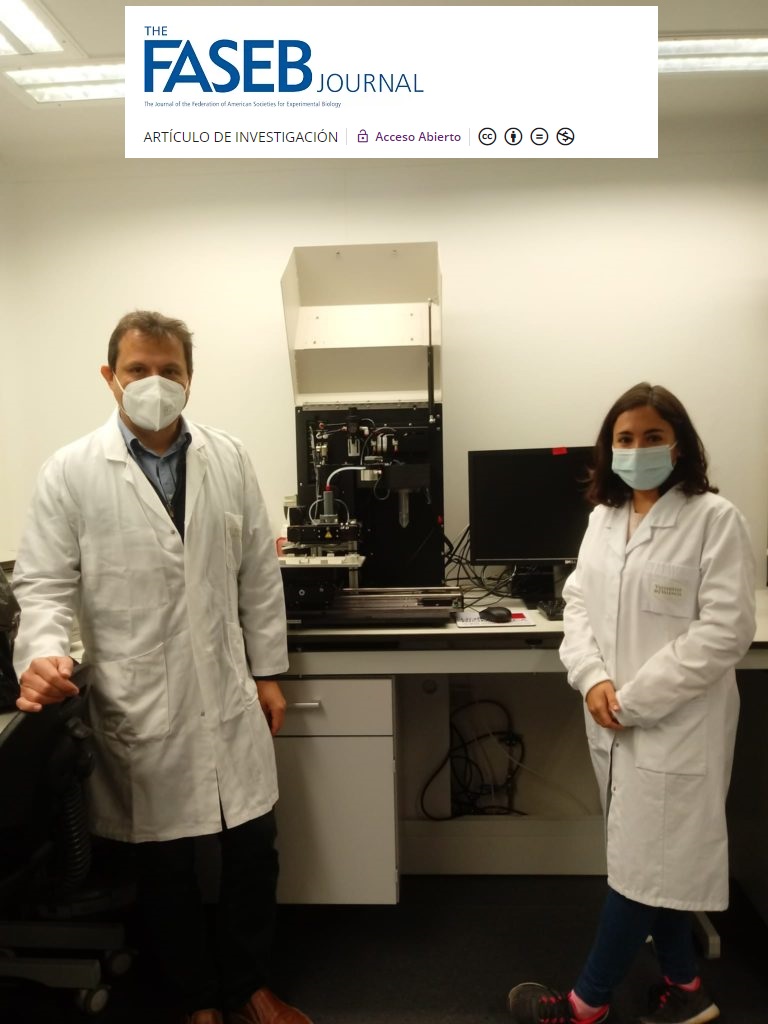First publication of the discovery of possible drugs to treat 1F / D2 Limb-girdle Muscular Dystrophy

Recently, Prof. Artero’s group has published the results of his research on Limb-girdle Muscular Dystrophy 1F / D2 (hereinafter LGMD1F / D2) in the scientific journal FASEB Journal, of great relevance in the field and with a high scientific impact . This publication summarizes the research carried out over the years by this research group. This information is openly available to anyone who wishes to consult it.
As you know, until a few years ago there was no experimental model of the LGMD1F / D2 in which to deepen and better understand our disease. Thanks to our collaboration with Prof. Artero’s group, the first LGMD1F / D2 model has been developed in the fly, which reproduces the main clinical characteristics of dystrophy, such as muscle degeneration and atrophy, and reduced locomotor capacity, among others. Especially, thanks to the study carried out in fly motor neurons, the importance of the Transportin 3 protein for the development and muscle preservation of flies has been demonstrated. Furthermore, in the fly model it has been seen that the LGMD1F / D2 mutation increases Transportin 3 at the transcription and protein level. Therefore, the study in the animal model provides relevant information on the neuromuscular and molecular pathogenicity of this dystrophy. Finally, the published work highlights the discovery of the cause-effect relationship between the LGMD1F / D2 mutation and the overactivation of autophagy (the process of cell breakdown). In fact, the publication demonstrates how the anti-autophagic drug, chloroquine, improves the main phenotypes (the visible effects of the disease) of the fly model and, thus, is proposed as a candidate drug to treat LGMD1F / D2. Other drugs that have obtained positive results in flies and are being tested in cell models of patients before performing clinical tests in humans are also being evaluated.
In summary, this work presents the relevant conclusions on molecular mechanisms involved in LGMD1F / D2 that have been achieved thanks to the model developed in Drosophila. The researcher who has carried out the work, Águeda Blázquez Bernal, explains that “this publication is a scientific recognition of all the work of these years and that it marks a precedent in research on LGMD1F / D2.” Dr. Bargiela, a researcher in the group, highlights that “this experimental model also plays a fundamental role as a tool for drug screening, already carried out, from which candidate drugs have been selected to treat LGMD1F / D2.”
From Conquistando Escalones we want to congratulate the entire team of Prof. Artero for their work and we value both these findings and their publication in a journal of high scientific relevance as a great milestone, one of the most awaited moments since we began the investigation of our disease , in addition to a great step towards its treatment.
To see the full article, click on the following link: https://faseb.onlinelibrary.wiley.com/doi/epdf/10.1096/fj.202100539RR



